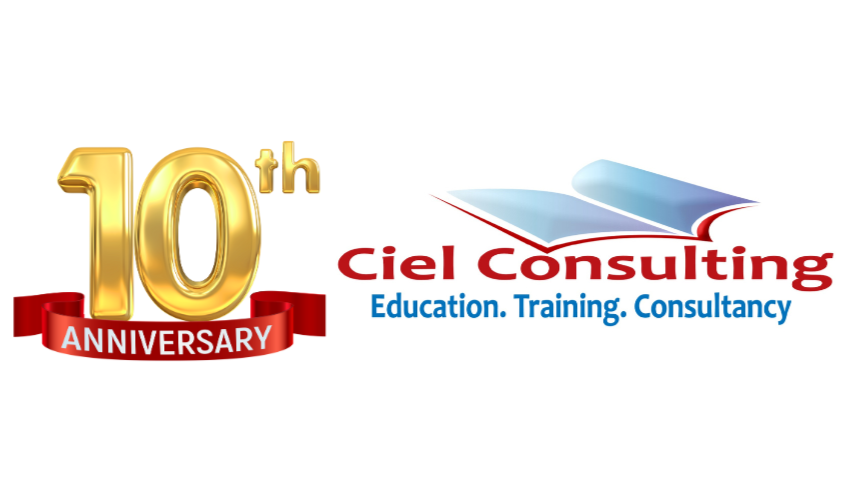A Comprehensive Guide to Project Management
Introduction:
In the ever-evolving landscape of business and industry, effective project management stands out as a critical factor for success. Whether you're a seasoned project manager or just stepping into the world of overseeing projects, understanding the fundamentals of project management is key. This post will explore the essential aspects of project management, from its definition to best practices that can lead to successful project outcomes.
Defining Project Management:
At its core, project management is the application of knowledge, skills, tools, and techniques to meet project requirements. A project is a temporary endeavor with a specific goal, such as creating a product, service, or achieving a unique outcome. Project management involves planning, executing, and closing projects efficiently and effectively, taking into account various constraints, including time, cost, and scope.
Key Phases of Project Management:
Initiation: Clearly define the project's purpose, scope, objectives, and stakeholders. This phase sets the foundation for the entire project.
Planning: Develop a detailed project plan outlining tasks, timelines, resource requirements, and potential risks. A well-thought-out plan serves as a roadmap for the project team.
Execution: Put the project plan into action, coordinating people and resources to achieve the project objectives. Effective communication and monitoring are crucial during this phase.
Monitoring and Controlling: Regularly assess project performance against the plan, identify and address issues, and ensure that the project stays on track. This phase involves making adjustments as needed.
Closing: Finalize all project activities, complete any remaining deliverables, obtain customer or stakeholder acceptance, and formally close out the project.
Best Practices in Project Management:
Clear Objectives and Scope: Define the project's objectives and scope at the outset. This clarity helps in avoiding scope creep and ensures everyone is aligned on project goals.
Effective Communication: Establish open and transparent communication channels. Regular updates, clear documentation, and addressing concerns promptly contribute to project success.
Risk Management: Identify potential risks early in the project and develop strategies to mitigate them. Proactive risk management minimizes the impact of unexpected events.
Resource Allocation: Ensure that resources, including team members' skills and time, are allocated appropriately. Resource constraints can significantly affect project timelines and outcomes.
Adaptability: Embrace flexibility in project management. Circumstances may change, and the ability to adapt and adjust plans accordingly is crucial for success.
Tools and Technologies:
Project Management Software: Utilize project management tools such as Asana, Trello, or Microsoft Project to streamline planning, collaboration, and tracking.
Collaboration Platforms: Leverage communication platforms like Slack or Microsoft Teams to enhance team collaboration and facilitate quick information exchange.
Conclusion:
Project management is a dynamic discipline that requires a combination of organizational, leadership, and technical skills. By adhering to best practices, embracing effective communication, and leveraging appropriate tools, project managers can navigate the complexities of project execution successfully. Ultimately, mastering the art of project management is a journey that leads to consistently achieving project goals and delivering value to stakeholders.

